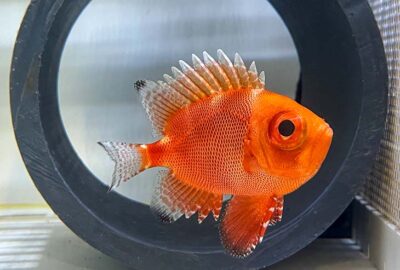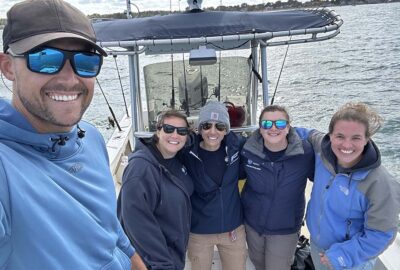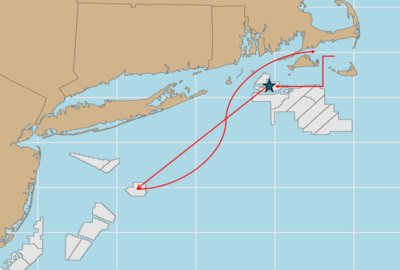The Return to the Gulf of St. Lawrence
By Kelsey Howe on Friday, October 01, 2021

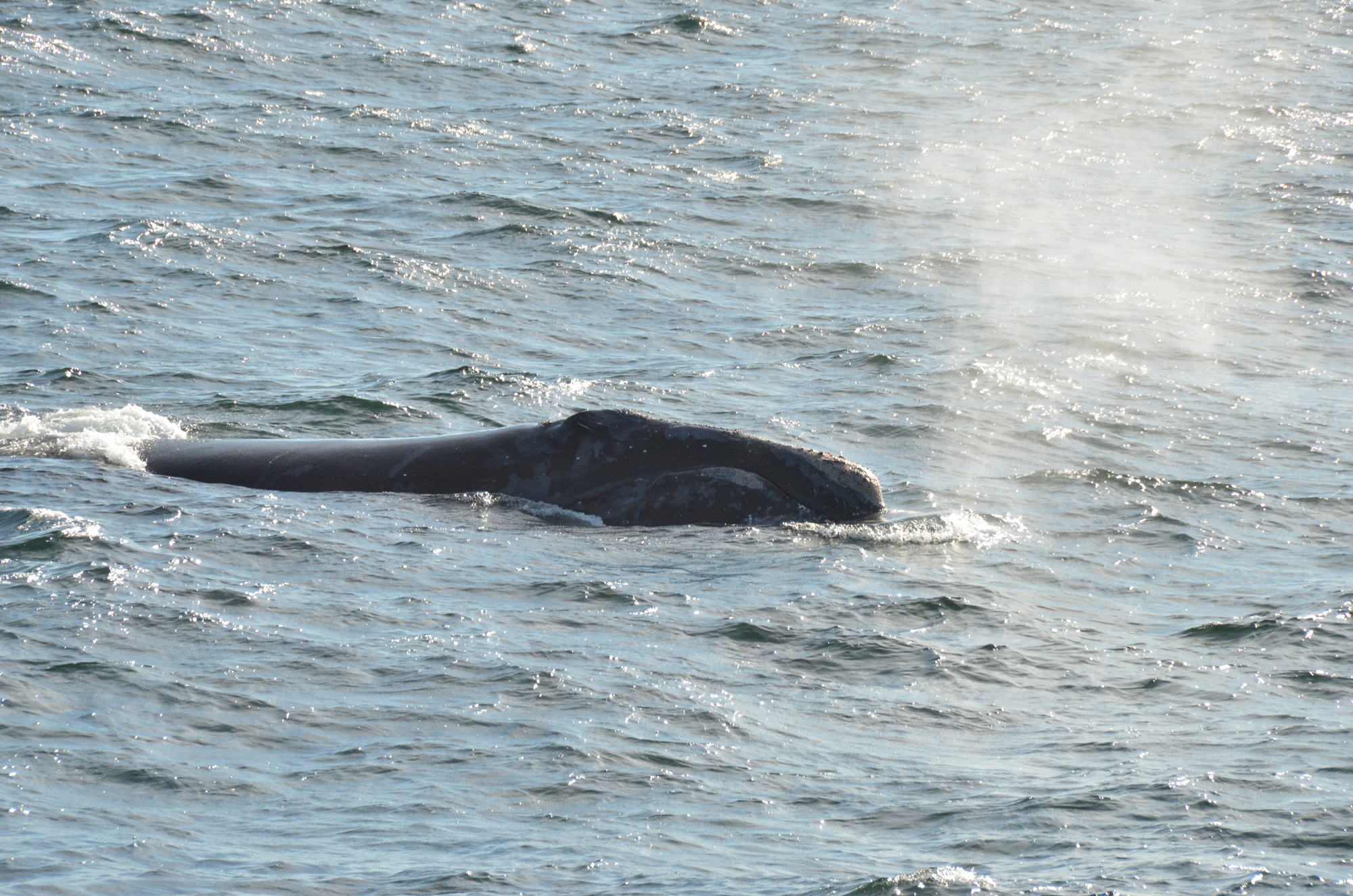
Read Part II of this post in Busy Days on the Water.
Last year, all North Atlantic right whale field work up and down the east coast was heavily impacted by the pandemic. For example, our right whale team was unable to do summer research in the Gulf of St. Lawrence (GSL) due to the closed Canadian international border. We did what we were able to do in the Bay of Fundy, but since the GSL is now a major habitat for right whales, we unfortunately missed out on a lot of important data.
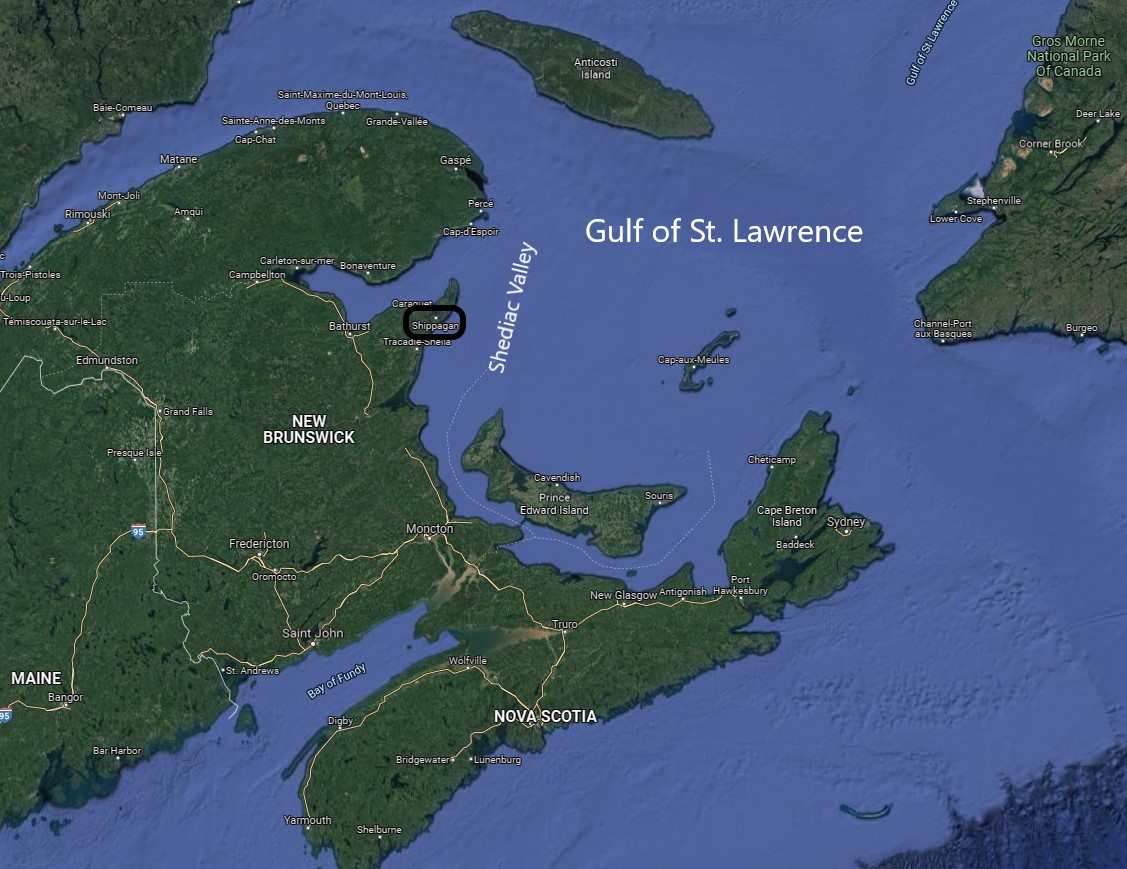
Flash forward to earlier this year when our team started talking about the logistics of being able to pull off a field season in Canada this summer. Would we even be able to cross the border? Even with our prospects of joining the field work uncertain, our Canadian colleagues from the University of New Brunswick (UNB), Canadian Whale Institute (CWI), and Dalhousie University started to plan out two two-week cruises in July and August aboard our regular charter: the fishing vessel J.D. Martin.
In May, it was decided that I would attempt to cross the border to join the GSL team for both summer cruises. With regulations changing every day, this was no easy task! I prepared a bunch of paperwork to explain that I was entering Canada to do research, that I was fully vaccinated, had tested negative for Covid-19 in the last 72 hours, and that I had a reservation at a federally-sponsored quarantine hotel in St. John, New Brunswick.
I spent a nail-biting hour at the border as I was asked multiple questions and as several different border officers combed through my folder of paperwork, but eventually I was given another Covid test and the stamp of approval. First step completed! I spent the next two weeks in the quarantine hotel, where food was delivered to my door and I was allowed one hour per day of “outdoor time,” which consisted of me in the hotel’s small glass-walled atrium. Luckily, I had a lot of field work prep to do, so I kept busy. But what a strange experience! I was tested three more times during those two weeks, so by the time I was released, I was as Covid-safe as one could possibly get!
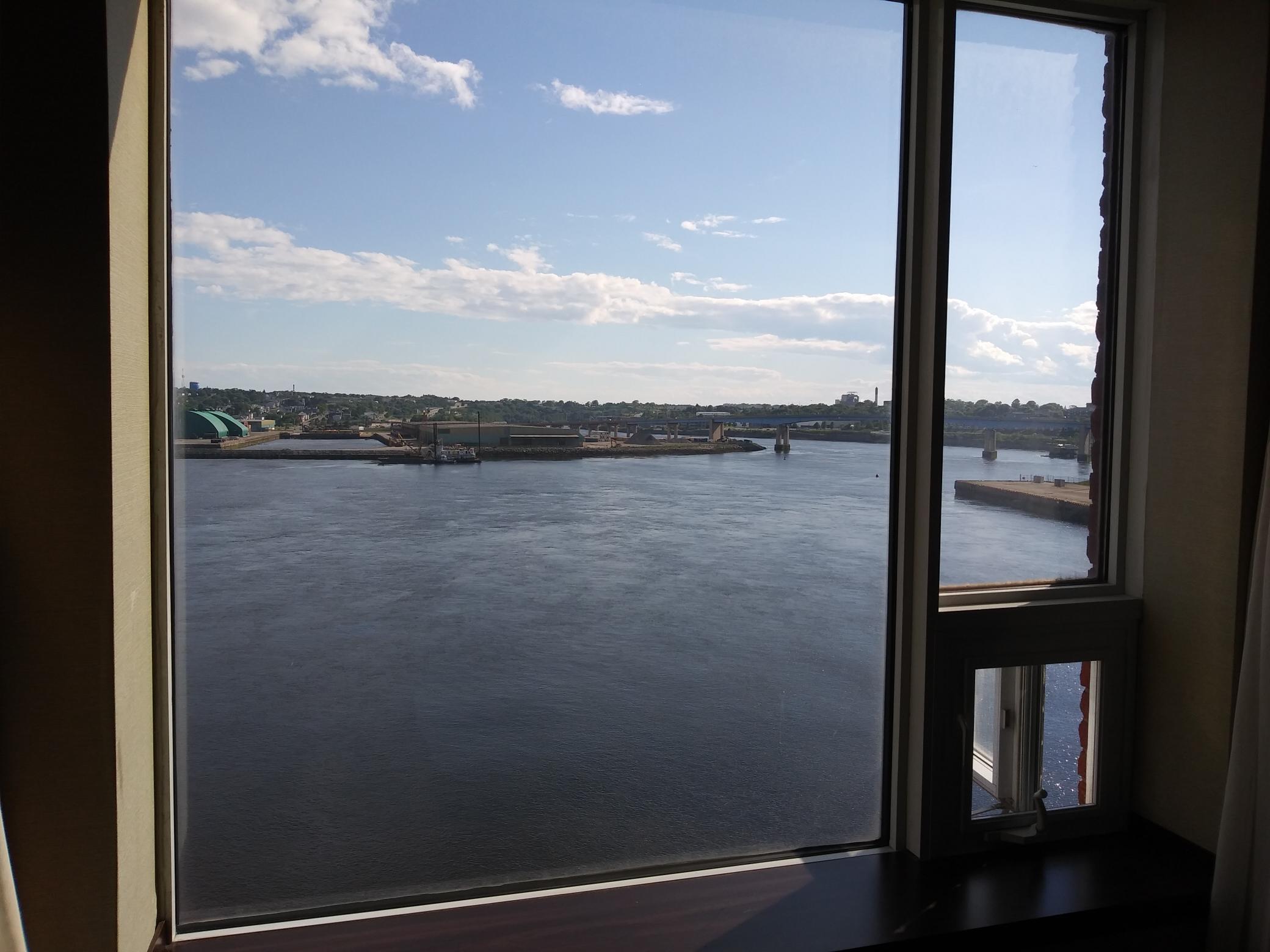
I met up with our crew in Shippagan, New Brunswick, on July 5. The team for the first cruise consisted of our captain, first mate, and seven scientists from UNB, CWI, and Dalhousie, including me from the New England Aquarium. Our research plan included a bunch of different projects, so we were split up into two teams: whale team and oceanographic team. The whale team led the survey effort, photo-identification, and biopsy and poop collection; while the oceanographic team led the oceanographic and plankton sampling and drone flight data collection. After spending a year and a half with very little human interaction, we were all thrown into tight quarters (eight of us shared one bunkroom) and had to learn quickly how to make conversation again. It wasn’t always easy, but we powered through.
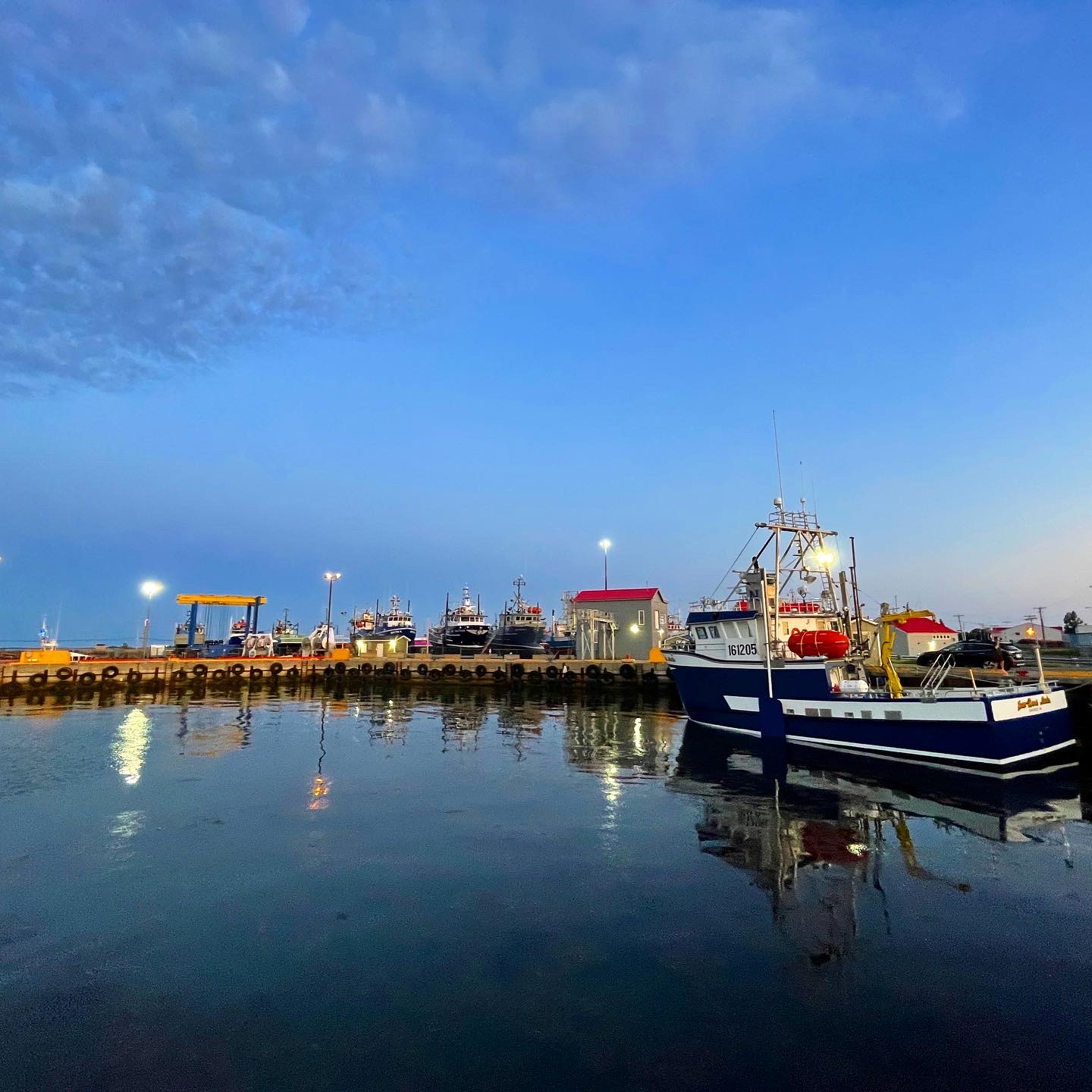
After spending a couple of days on the dock loading all of our equipment and making sure that everything was in working order, we finally pushed off the dock at 3:00 a.m. on July 8. We left early in the morning because we knew we had a one-day weather window and wanted to make the most of our time out in the Shediac Valley (a known right whale habitat). And like clockwork, we were photographing right whales by 8:30 a.m. Our first whale of the day was Eg #3101 “Harmonia,” a 20-year-old female, who gave birth the previous year and is often seen in the GSL. Fun fact: we photographed her 2020 calf in the general vicinity shortly afterwards. We did not see them interact, but it’s nice to know that they are both alive, well, and still sometimes in close proximity to one another.
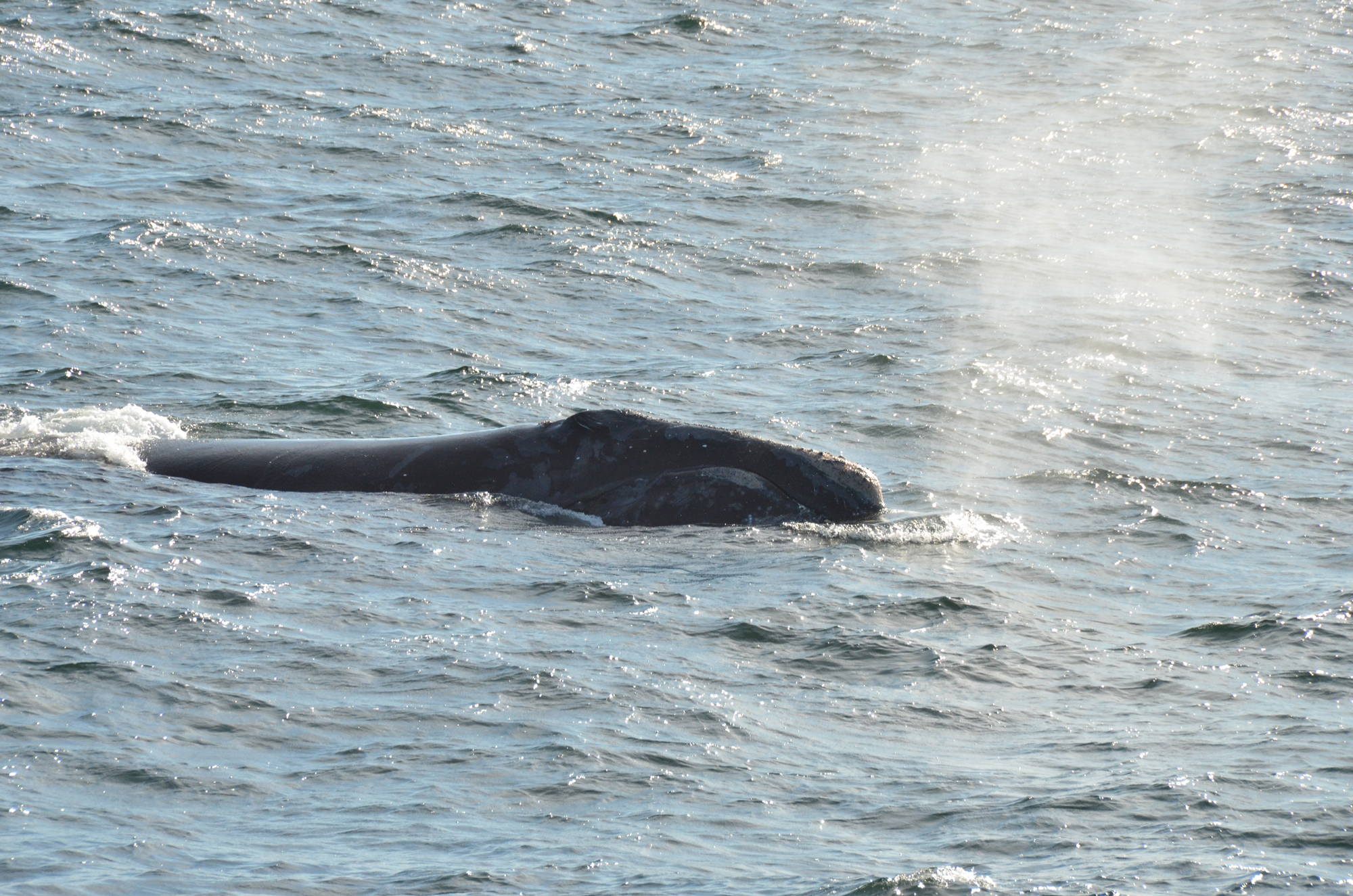
In the late morning, we got called off our survey effort to assist with the disentanglement effort of Eg #3560 “Snow cone.” Snow cone was first seen entangled in Cape Cod Bay in March of this year and multiple disentanglement efforts had been attempted over the past seven months to varying degrees of success. On several occasions, hundreds of feet of rope have been removed from the trailing gear. On this particular day, the Department of Fisheries and Oceans (DFO) Canada plane spotted her about nine miles east of our location. Luckily, our highly skilled disentanglement colleagues from the Canadian Whale Rescue Team (CWRT) were already out on the water nearby searching for a reportedly entangled humpback whale, so they were able to respond to Snow cone while our team served as the support vessel. CWRT was able to remove about 20 more feet of trailing line, but unfortunately the line passing through her mouth remains.
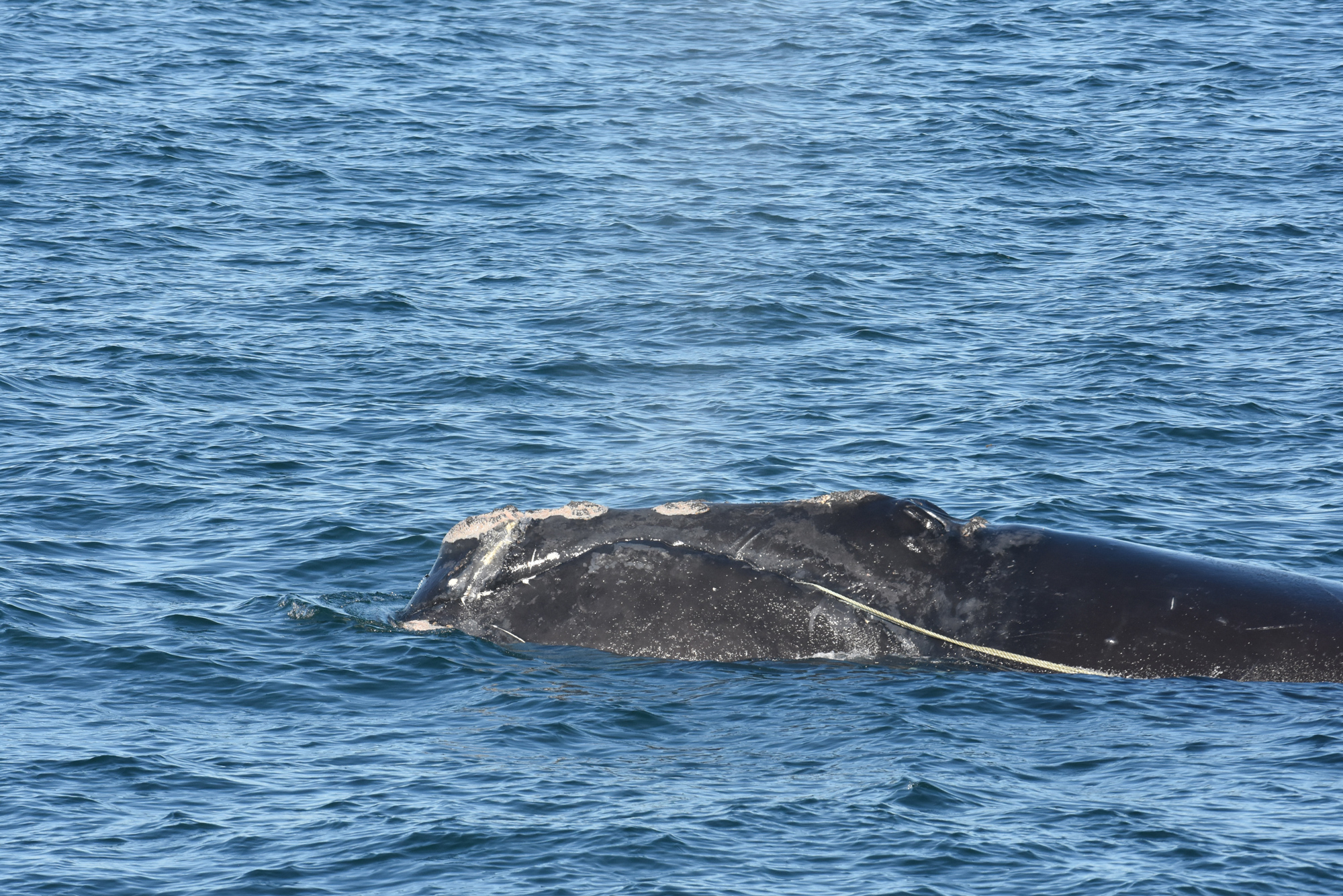
At some point in the afternoon, we were relieved of our support vessel duties by the arrival of a DFO vessel, so we continued to survey and photograph other right whales in the area. Near the end of the day, we stumbled upon a surface active group (SAG) of five whales. By the end of the day, we had photographed 27 individual right whales, which wasn’t too shabby for our first day out on the water! It definitely made all of the months of preparation and weeks of quarantine worth it. The weather was bad for the next few days, so we stayed in port until our next weather window on the 11th.
Read more in Part II: Busy Days on the Water.
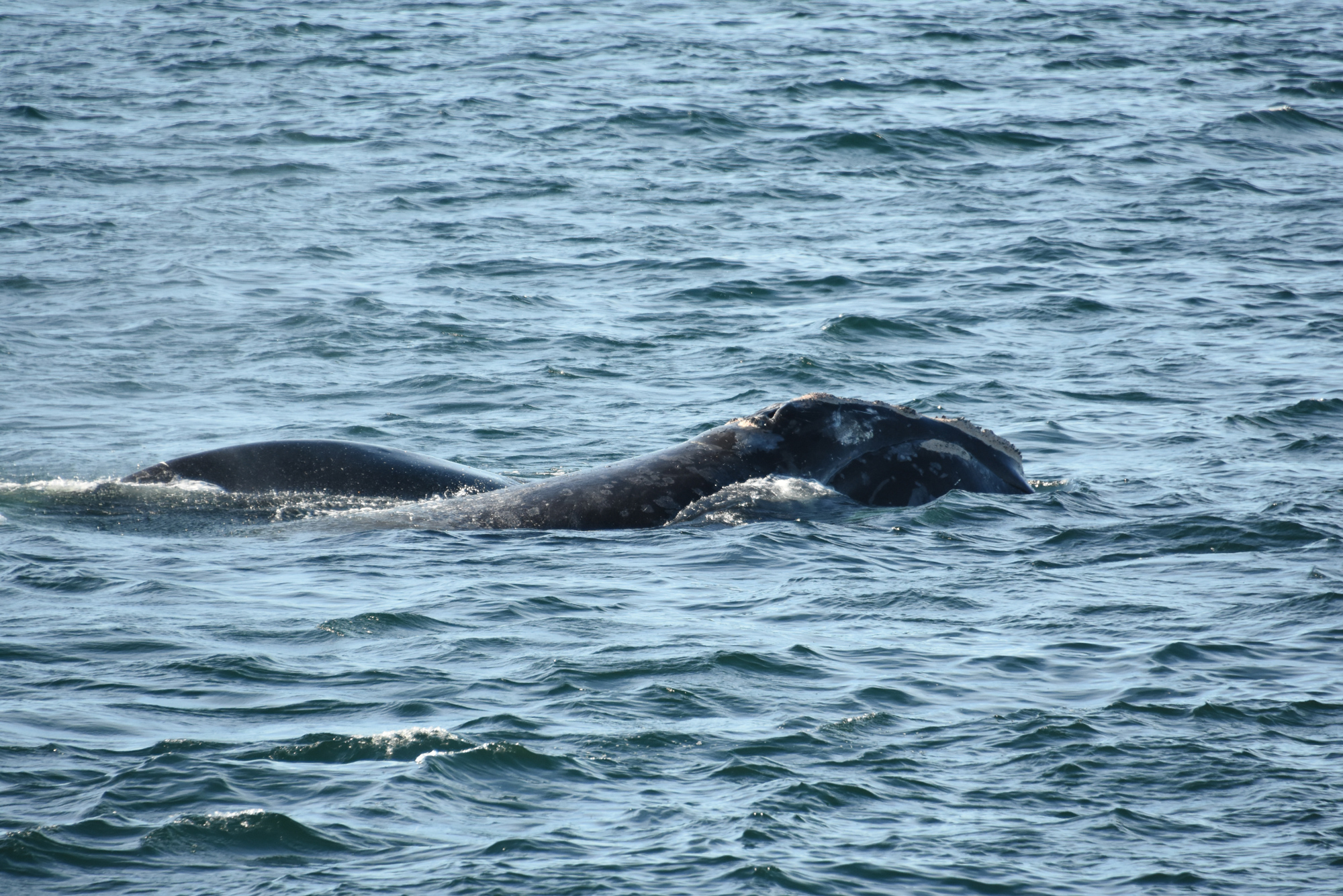
We’re extremely grateful to Irving Oil for partnering with us on this critical research since 1998! We are also grateful to Irving Oil and the Island Foundation for allowing us to operate during these financially challenging times. This work would not be possible without their generosity!

